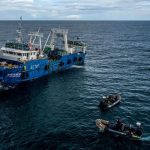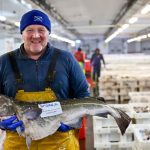The Research Division of the Department of Fisheries WA has led a project between September and December this year (2010), which will operate in the Pilbara region to compare fish assemblages between areas that have been open and closed to trawl and trap fishing since 1998.
As per the project information it will compare the fish stocks and habitats which will be made between areas open or closed to trawling for a long period of time. Areas that are trawled and trapped with different levels of fishing effort will also be examined. The project studies the effects of spatial management rules that have been in place in the Pilbara Demersal Scalefish fishery since 1998.
The project is led by Department of Fisheries researcher Dr Corey Wakefield, the project is cooperative in nature. One of the vessels licensed to fish in the Pilbara Demersal Scalefish Fishery as a trap vessel will be used as a research platform. This licensing is a highly efficient way of sampling the area, as the commercial trap boat is specialised in operating multiple traps.
The researchers said that they will be using non-extractive techniques of Baited Remote Underwater Stereo-Video cameras to examine both the habitat and the non-trappable fishes and other species in the area, which will provide a greater comparison of the fish ecology among areas that have experienced different types and levels of fishing effort.
All fish being sampled from the area will have biological information collected. This research will include the removal of otoliths (or ear stones) for aging purposes and to provide information on the status of the fish stocks among the various management zones. Length data and other biological information will also be collected.
This type of project between the department, industry and other research providers builds relationships amongst all stakeholders and with commercial fishers and encourages stewardship of resources by the fishery operators.








